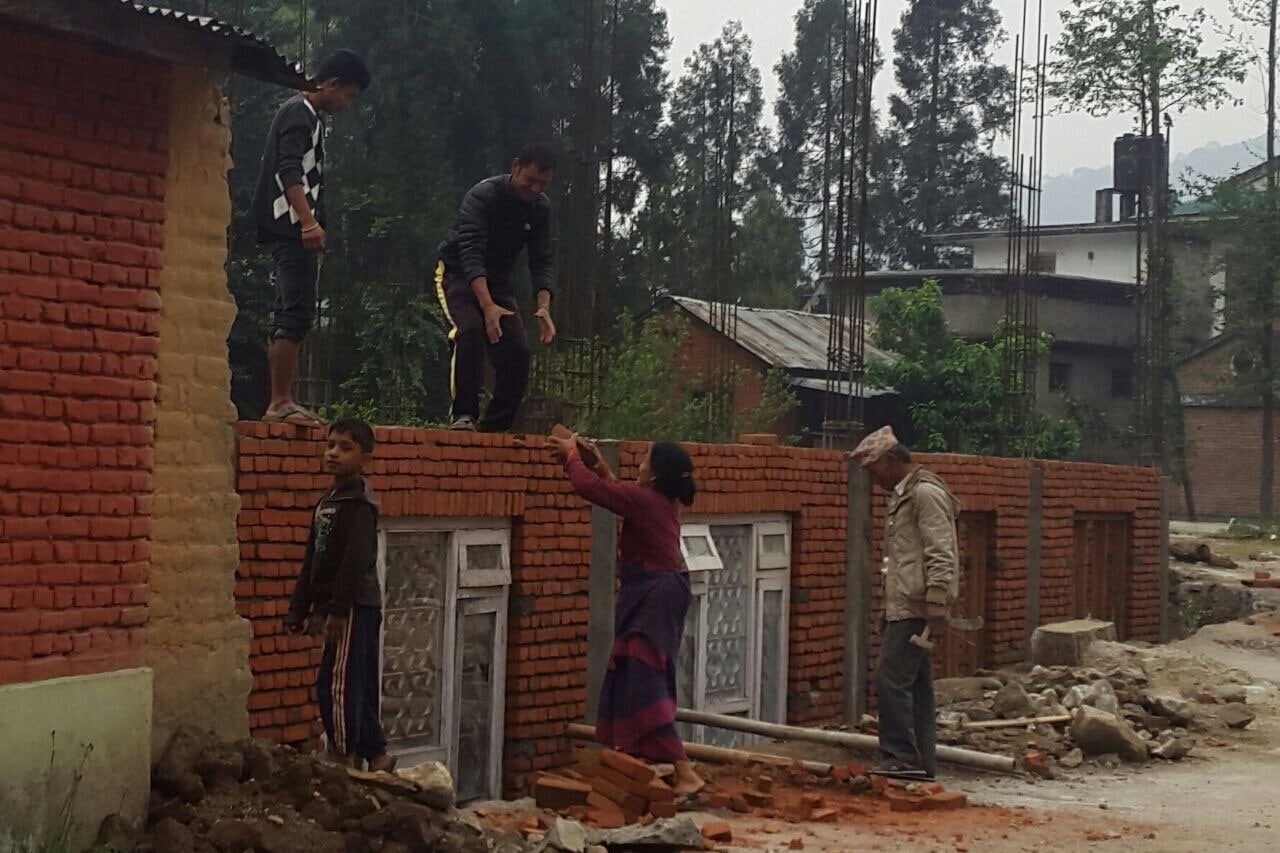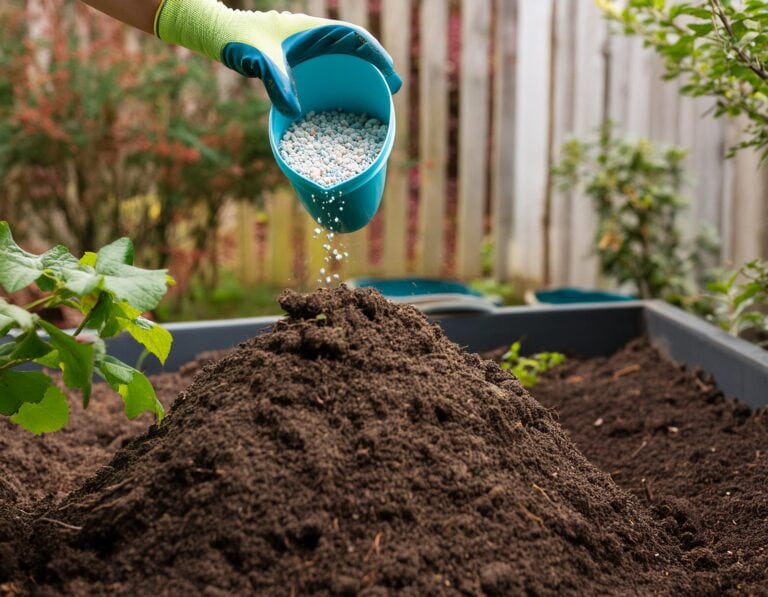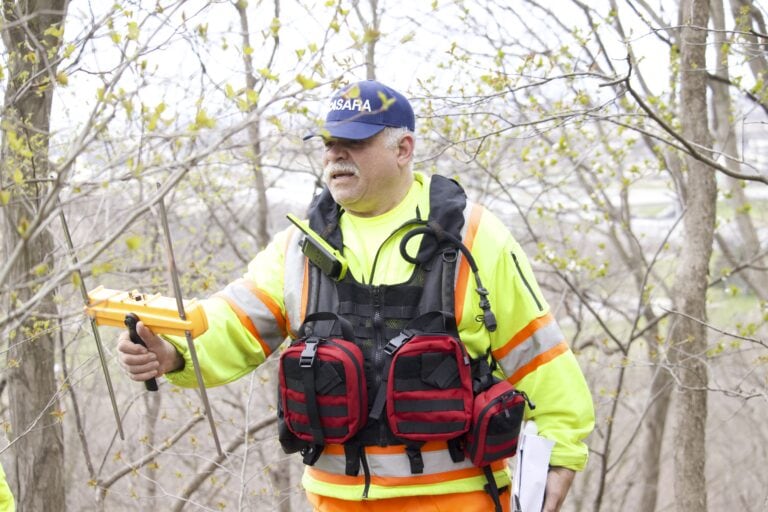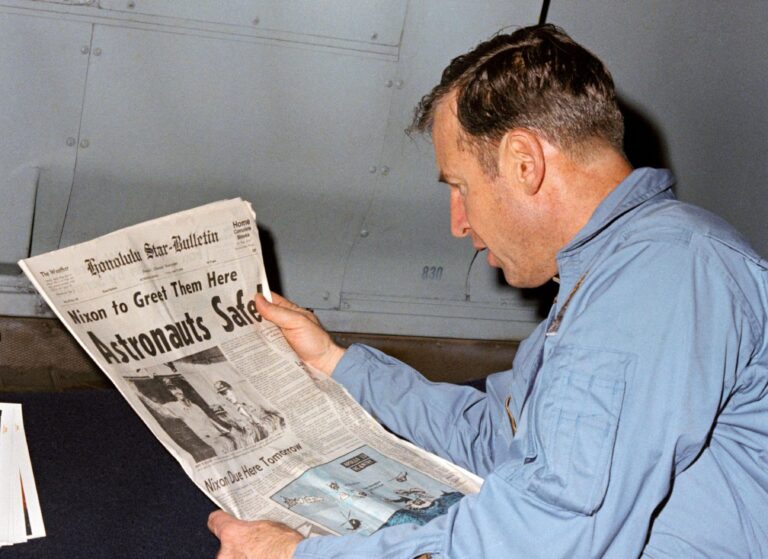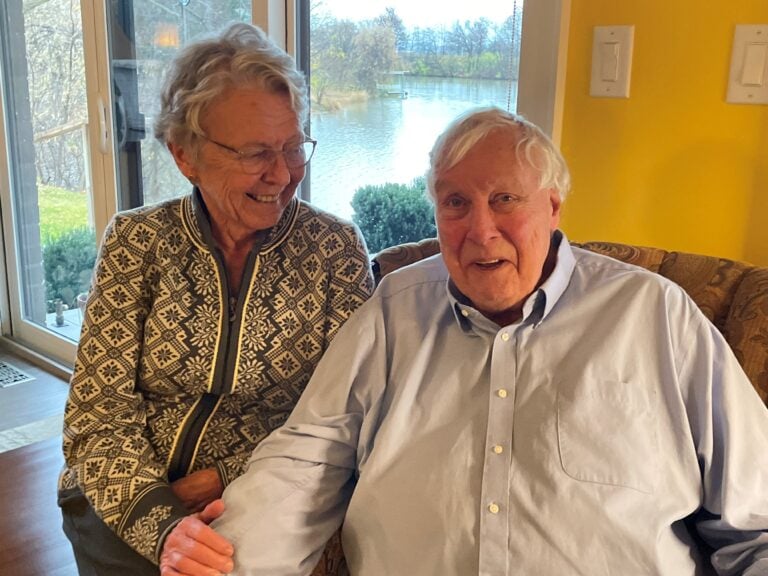I heard it first, the low hum sounding like a truck engine that slowly got louder and then the unmistakable thump that caused the house to rattle.
I am familiar with this experience – it’s an earthquake.
Monday morning, Feb. 6, at 6:15 a.m. many residents of Niagara-on-the-Lake and environs were awakened by an unfamiliar event, an earthquake with its epicentre just south of Buffalo.
This quake brought back memories for me of my time in Nepal, a country that historically has a major earthquake every 80 to 90 years.
The quakes there are “thrust faults” caused by the Indian subcontinent moving northward and pushing under the Asian continent.
However, the quake we felt the other morning was caused by “fault lines.”
Buffalo sits on what is considered a significant fault line called the Clarendon-Linden Fault System.
The Niagara Escarpment is not a fault line but is the result of erosion over millions of years. It was already forming when the Wisconsin Glacier occurred.
Back to Nepal where on April 25, 2015, a major earthquake struck. My husband and I were to arrive in Nepal on April 24, but our rental house was not ready so we delayed our arrival by two weeks.
We were shocked to hear of the quake in Nepal and were thankful that we had been delayed. Also very happy the airport runway had not been damaged, allowing aid to arrive by air.
The Nepal quake killed almost 9,000 people and injured more than 21,000 – a degree of devastation similar to that of the Feb. 6 quake that hit Turkey and Syria.
In 2015, on our arrival in Kathmandu, two weeks after the quake, the shock of seeing so much destruction was overwhelming. I wanted to take pictures but I just could not.
For every building I saw crumbled to the ground, I knew a family might have died in there. Houses made of brick and cement slabs were piled one on top of the other.
Apartment buildings lost entire sections, letting one see directly into a home. TVs, fridges just hanging in the air, curtains fluttering through glassless windows, a picture on the wall askew and always the question, did the family make it out?
People who survived it were living in tents, along roads, in the golf course and open fields. There was no phone system, no electricity, no water, the recovery from such destruction was crushing.
Thai Airways continued to fly to Nepal daily, mostly to deliver water, thousands and thousands of cases of bottled water.
Food was becoming limited as many roads were destroyed between India and Nepal. Fuel for cars and for cooking became scarce.
You would see cooking tanks lined up in streets for weeks waiting for a possible delivery of fuel. People resorted to burning wood but this came at a cost – tent fires and burn victims.
We bought fuel once on the black market. It arrived in four two-litre plastic coke bottles. Each bottle cost us $20 U.S.
Some aftershocks came the day after the quake, plus many more in the coming months.
The first one I experienced frightened me, but then, on May 18, the biggest aftershock occurred, measuring 7.3 on the Richter scale.
It terrified me. The earthquake that April was 7.6.
The entire house we rented shook greatly. Our plan of evacuation was to get out the front door and move up the hill into an empty field. However, with all the shaking we could not even open the door.
The aftershocks came in three distinct styles. One was just the ground shaking for a few seconds; another you would hear a bang and the house would rock like it had been hit.
The last was a slow-moving rumble, like a train approaching followed by the rattling of the house. We were fortunate that our house, built in the 1980s had been designed for earthquake activity.
Monday’s quake that we felt did bring back many memories for me of our time in Nepal.
I am just thankful that we did not experience here the catastrophic quake that struck Turkey and Syria. We are very lucky indeed.



